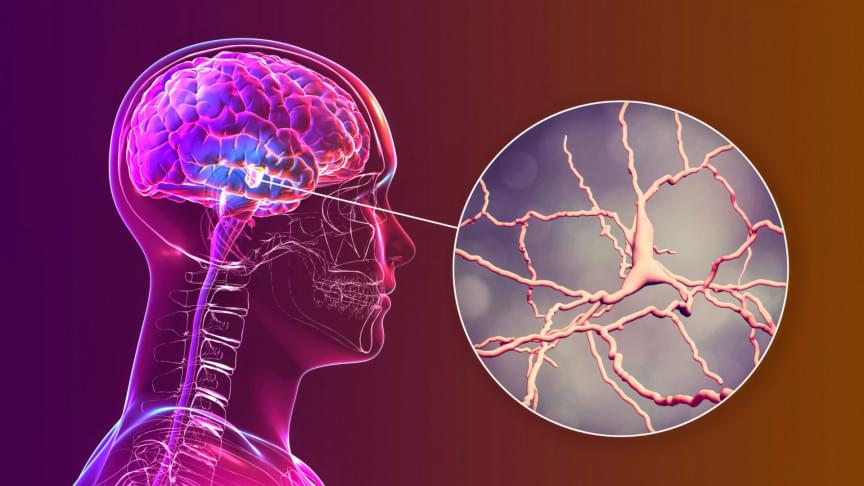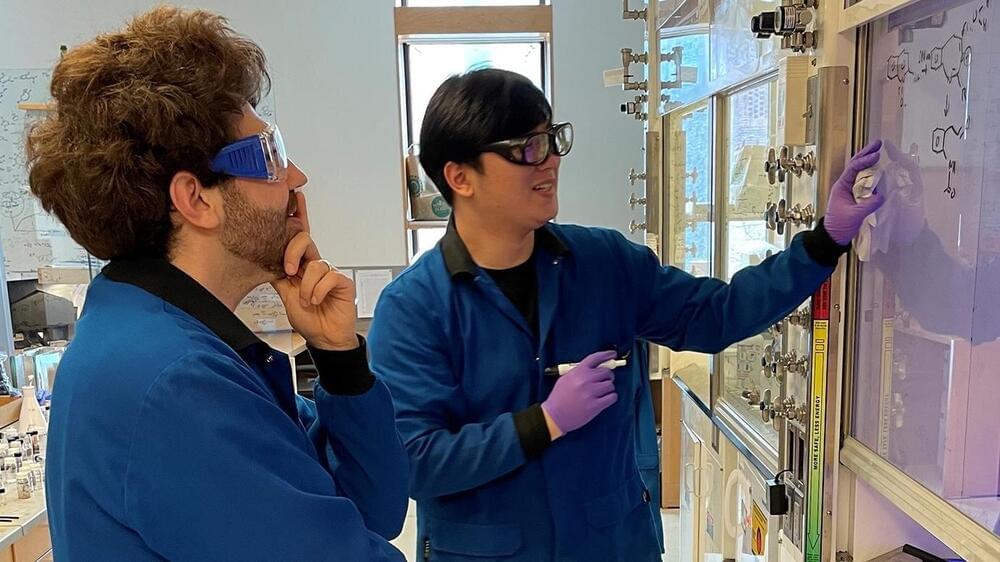Back in 2018, researchers were able to study the moment brain death becomes irreversible in the human body for the first time, observing the phenomenon in several Do Not Resuscitate patients as they died in hospital.
For years, scientists have researched what happens to your brain when you die, but despite everything we’ve found out, progress has been stymied by an inability to easily monitor human death – since physicians are conventionally obliged to prevent death if they can, not monitor it as it takes hold.
What this means is most of our understanding of the processes involved in brain death come from animal experiments, strengthened with what we can glean from the accounts of resuscitated patients disclosing their near-death experiences.







